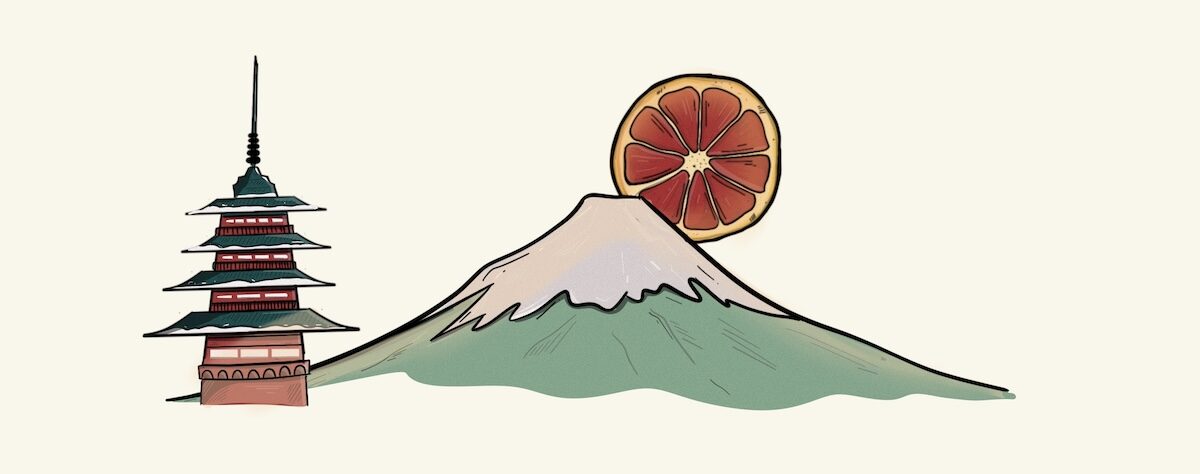The Samurai — Japan’s Timeless Contribution to Asia Cocktail Culture
Among all the regions that define Asia cocktail culture, few have had a greater global influence than Japan. From quiet, meticulous bars in Tokyo to the country’s historic obsession with technique and hospitality, Japan has elevated bartending into something close to art.
The story begins long before today’s award-winning Japanese bars. In the 1600s, Japan was already aware of distillation through Chinese trade, but it wasn’t until 1853, when Commodore Matthew Perry arrived with a fleet of American ships—and a substantial supply of whiskey—that modern bar culture began to form.
The real turning point came with the Meiji Restoration in 1868, when Japan opened itself to Western ideas and industries, rapidly modernizing its infrastructure and society. This period didn’t just bring railways and factories—it also brought cocktails. Western diplomats, traders, and naval officers brought drinking customs with them, and Japanese hosts quickly adapted.

While the capital Tokyo (formerly Edo) was the heart of modernization, it was the port city of Yokohama that first served as Japan’s gateway to the world. It’s here, in 1873, that the Grand Hotel opened its doors and began serving foreign guests—including Charlie Chaplin, Douglas Fairbanks, Rudyard Kipling, and Babe Ruth.
At first, the hotel’s bars served only beer and wine. But that changed when Louis Eppinger, a German bartender with experience in San Francisco and Portland, took over the Grand Hotel’s beverage program in the 1890s. Eppinger introduced Western cocktails with extraordinary technique and precision, mentoring a generation of Japanese bartenders who would carry his legacy far beyond Yokohama.
Meanwhile, Tokyo was undergoing a transformation of its own. After a fire in 1872 destroyed much of the Ginza district, it was rebuilt as a stylish, Western-inspired hub of modernity. By the early 1900s, European-style cafés were serving cordials and cocktails to writers, artists, and political thinkers. In 1910, Maison Konosu opened as the first European-style cocktail bar in Tokyo. Run by Komazo Okuda, a chef trained in French cuisine, it became known for drinks like the Pousse-Café, as well as a signature house cocktail made with five liqueurs known as Goshiki no Saké (“Five Colors of Alcohol”).
Then came the disaster that would change everything: the Great Kanto Earthquake of 1923. Measuring 7.9 on the Richter scale, it leveled large parts of Tokyo and Yokohama, killing over 140,000 people and destroying the Grand Hotel. Many surviving bartenders relocated to Tokyo, helping rebuild its bar scene from the ground up. One result was the founding of bars like Bar Lupin, which opened in 1928 and is widely considered one of the country’s first true cocktail bars.
Around the same time, Frank Lloyd Wright’s Imperial Hotel had just survived the earthquake. Its bar would go on to create one of Japan’s first famous cocktails: the Mount Fuji, a frothy mix of Old Tom gin, maraschino, citrus, and cream, designed to honor the hotel’s grand reopening in 1924.
That same year marked another major milestone for Asia cocktail culture. Japan published its first two original cocktail books: Kakuteru, or Cocktail, written by Tokuzo Akiyama, and Kokuteeru, written by 27-year-old bartender Yonekichi Maeda of Café Line. While Akiyama was a renowned imperial chef, Maeda was a working bartender who published 287 recipes, including both Western classics and uniquely Japanese creations like the Line Cocktail.

Notably, many of Maeda’s recipes predate those found in Harry Craddock’s Savoy Cocktail Book by several years. Some historians believe Maeda worked on international ships, giving him access to global cocktail trends before they appeared in London. After publishing his book, Maeda opened his own shop selling bottled cocktails and spirits until his death in the 1930s.
Japan’s dedication to craft didn’t fade. In 1929, the Nippon Bartenders Association was founded. By 1931, Japan held its first national cocktail competition, sponsored by the company now known as Suntory.
World War II halted much of Japan’s hospitality development, but after the war, as bars reopened and cities rebuilt, Japanese bartending re-emerged stronger, more refined, and more focused on hospitality than ever. Like the Ginza district, which rose from the ashes of destruction more elegant than before, Japan’s bar culture became a global benchmark for precision and excellence.
Conclusion
From the tropical elegance of the Singapore Sling, to the bold identity of Malaysia’s Jungle Bird, and the quiet mastery of Japan’s prewar cocktail bars, Asia cocktail culture has long played a defining role in the evolution of global mixology. These drinks and destinations aren’t just historical footnotes—they’re foundations. They reflect how Asia embraced the cocktail, reshaped it, and sent it back into the world, more refined, more local, and more powerful than ever.
As today’s bartenders continue drawing inspiration from the region—from minimalist highball bars in Tokyo to tropical rum dens in Kuala Lumpur—the legacy of these three cocktail capitals lives on in every stirred, shaken, and reinvented drink.



